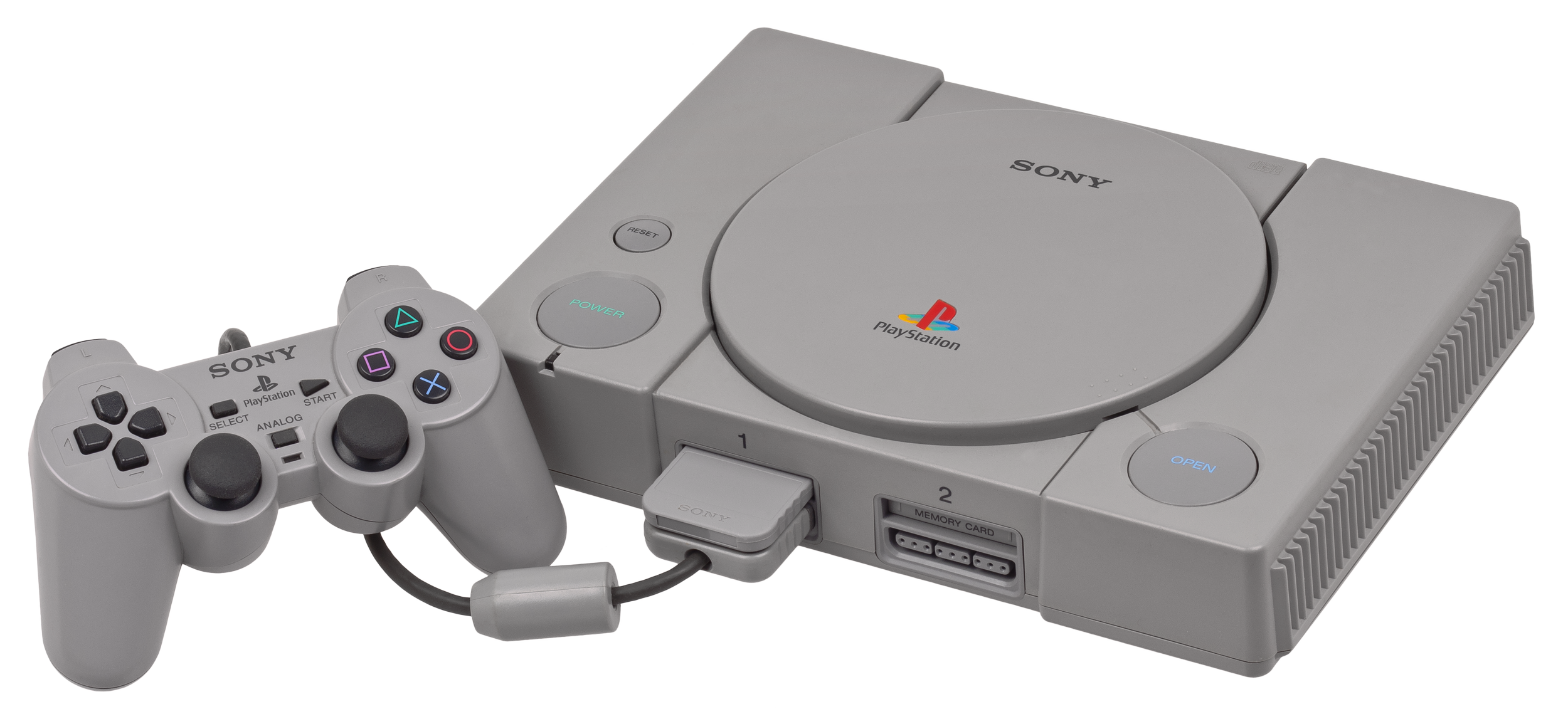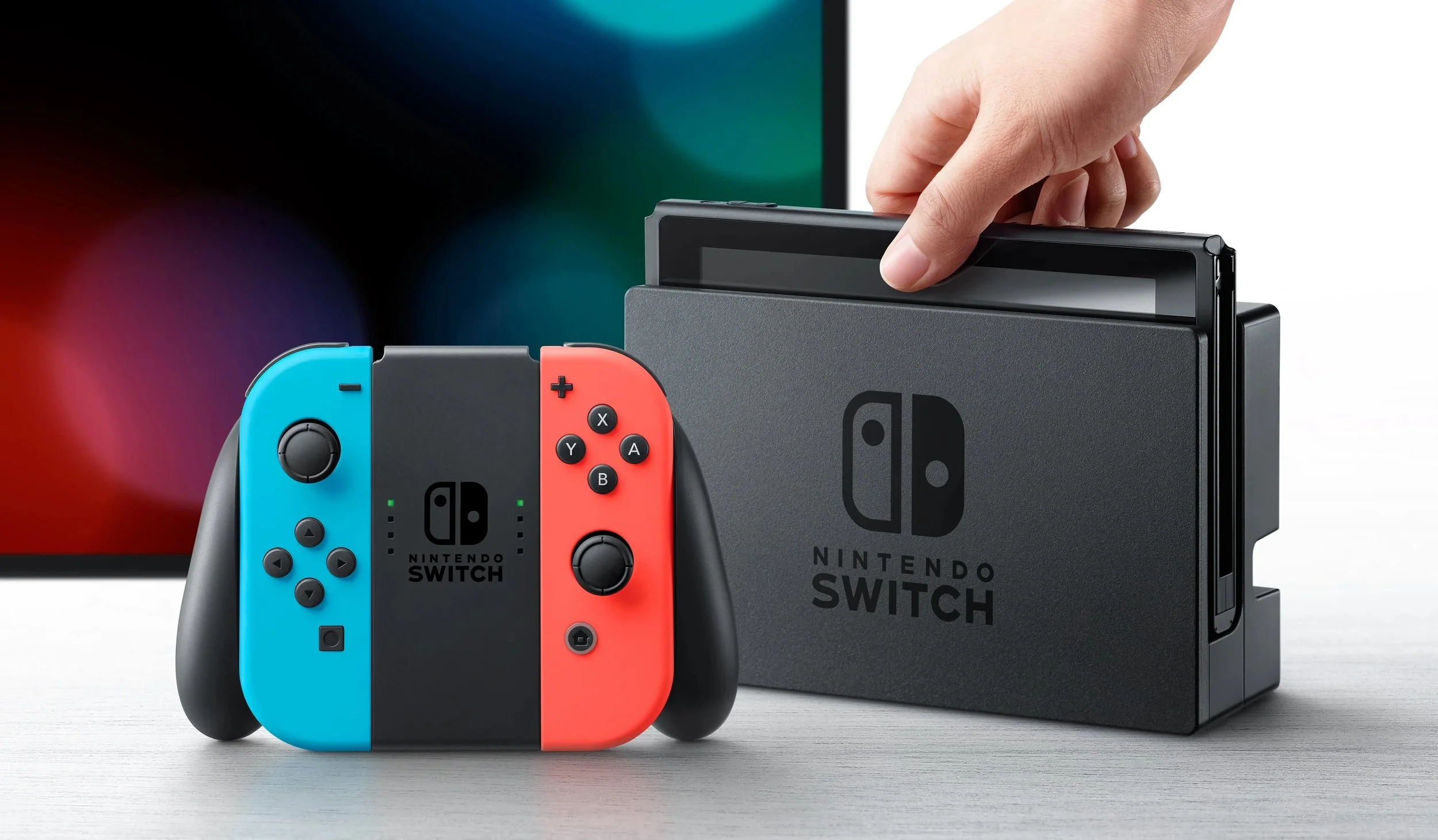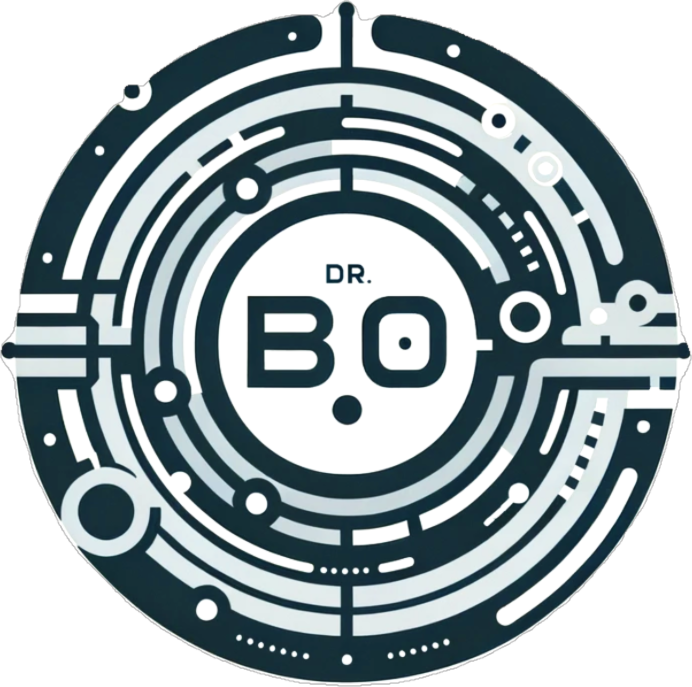A Concise Chart of Product Innovation Framework 2.0
I. Introduction
In today's ever-evolving business landscape, product innovation stands as a critical pillar for driving success and securing a competitive edge. As businesses strive to remain leaders in their respective industries, embracing innovation becomes essential, offering numerous strategic advantages. From establishing product leadership and addressing unmet user needs to enhancing productivity and achieving cost leadership, the significance of product innovation cannot be overstated.
II. Urgency of Product Innovation
A relentless commitment to innovation fosters product leadership, enabling businesses to be at the forefront of industry trends and advancements. By consistently introducing groundbreaking products that resonate with customers, companies can establish themselves as trailblazers in their domains. On the other hand, innovative products are crafted with a clear value proposition aimed at addressing unmet user needs. Understanding customer pain points and desires allows businesses to design solutions that cater precisely to their target audience, creating a loyal customer base. More appealing product offers means higher possible willingness-to-pay, which can help the business to maximize their revenue in terms of number of sold goods and pricing.
When we look at the aspect of business operation, integrating innovation into the fabric of an organization can lead to significant boosts in productivity. Innovative processes, tools, and technologies streamline operations, reduce wastage, and optimize resource utilization. This is why, it is said that innovation often results in the development of cost-effective solutions. By creating products that provide maximum value at lower costs, businesses can achieve cost leadership and gain a competitive advantage.
Overall, successful product innovation is a driving force behind higher profitability. By offering unique and sought-after products, businesses can command premium prices, leading to increased revenue and profit margins. Hence, it is the key to gaining a sustainable competitive advantage in a fiercely competitive market. With innovative offerings, businesses can differentiate themselves from competitors and solidify their market position.
III. The Challenges
Developing successful innovative products, especially in a constant manner, is an extreme complex process that business often face challenges. With considering our situations in the 2020s, I particularly believe that (1) Rapid technological advancement, (2) rapid shift of consumer preference and (3) market competition are major ones.
The fast-paced evolution of technology presents both opportunities and challenges for product innovation. The revolutionary of generative AI technology, the rapid developed nuclear fusion for power generation, the fast deployment electrical mobility with advanced battery technology in the markets. With advancements occurring at unprecedented rates, businesses must stay agile to avoid the risk of their products becoming outdated quickly. To illustrate, let's examine the product life cycle years of gaming consoles in history. As shown in the table, the top game console products, Microsoft Xbox, Sony PlayStation and Nintendo consoles, are all showing trends on shorter product life cycles in the coming years before rolling out product iteration. For example, the original Xbox, released in 2001, had a product life cycle of four years, while the Xbox 360, released in 2005, lasted for approximately ten to eleven years, demonstrating the impact of technological advancements on shortening product life spans.
Today's consumers are an ever-changing demographic, shaped by diverse trends and preferences. The influx of information from various sources influences their decisions and behavior, making it challenging for businesses to keep up with their constantly evolving needs. For instance, heightened awareness of environmental sustainability impacts consumers' purchasing decisions, driving them towards eco-friendly and sustainable products. To cater to this dynamic consumer base, businesses must continually adapt their products to stay relevant and meet user expectations in an increasing pace.
Last but not the least, the barrier to market entry has significantly reduced with the advent of advanced technologies, such as artificial intelligence (A.I.). Establishing a brand and entering the market have become more accessible than ever before. Consequently, a plethora of new players has entered previously overlooked markets in certain areas and industries, leading to disruptive innovation. Electrical cigarette is a very good example of showing small players are disrupting a highly regulated market. Therefore, businesses must contend with fierce competition from both established companies and emerging disruptors, necessitating a well-planned product innovation framework.
The history of gaming consoles spans several decades, with numerous consoles released over time.
| Gaming Console | Release Date | Discontinued Date | Product Life Cycle (Approx.) |
|---|---|---|---|
| Magnavox Odyssey | 1972 | Early 1980s | 13 years |
| Atari 2600 | 1977 | January 1992 | 15 years |
| Nintendo Entertainment System (NES) | 1985 | 2003 | 18 years |
| Sega Genesis (Mega Drive) | 1988 | 1997 | 9 years |
| Super Nintendo Entertainment System (SNES) | 1990 | 2003 | 13 years |
| PlayStation | 1994 | March 2006 | 12 years |
| Nintendo 64 | 1996 | 2002 | 6 years |
| PlayStation 2 | 2000 | January 2013 | 12-13 years |
| Xbox | 2001 | 2006 | 5 years |
| Nintendo GameCube | 2001 | 2007 | 6 years |
| Xbox 360 | 2005 | April 2016 | 10-11 years |
| PlayStation 3 | 2006 | May 2017 | 10-11 years |
| Nintendo Wii | 2006 | October 2013 | 6-7 years |
| PlayStation 4 Original | 2013 | 2016 | 3 years |
| Xbox One | 2013 | 2020 | 7 years |
| Nintendo Switch | 2017 | 2021 | 5 years |
| PlayStation 5 | 2020 | Ongoing | Ongoing |
| Xbox Series X/S | 2020 | Ongoing | Ongoing |
Here are some notable examples of game consoles and their release years:
















These are just a few examples of the many gaming consoles that have been released throughout history. Each generation of consoles has brought new advancements in technology and gaming experiences, shaping the industry as we know it today.
IV. Product Innovation Framework
With facing these challenges, the businesses must come up with a more efficient way to roll out their innovative products, shooting the right target with the right offers, and in a lean and appealing pricing, effetely creating and capturing values. There are a few benefits for the businesses in the utilization of a well-defined and effective innovation framework. First, a structured framework focuses on understanding user needs precisely, enabling the development of tailored solutions that address pain points and exceed expectations. Second, organizing the product development process systematically reduces redundancies, streamlines workflows, and accelerates time to market. Moreover, A structured framework enables businesses to prioritize projects that align with strategic objectives, avoiding resource wastage on initiatives with limited potential. Speaking about resources allowance, with a clear framework in place, businesses can allocate resources more judiciously, ensuring optimal utilization of time, talent, and financial capital. In the framework, rigorous research and evidence-based decision-making help in identifying potential risks and mitigating them before they escalate. Such a structured approach relies on data and evidence, providing concrete support for decision-making and fostering confidence in product development choices. Innovation can not leave without internal and external collaborations, such a well-structured framework encourages cross-functional collaboration, leveraging diverse expertise for creative solutions and fostering a culture of innovation. Consequently, businesses can increase their success rate in developing innovative products that cater to evolving user needs, thereby fostering growth and profitability.
V. Conclusion
To summarize, product innovation remains a driving force behind business success, providing numerous advantages such as product leadership, cost leadership, and competitive differentiation. Nevertheless, businesses must confront the challenges of rapidly advancing technology, shifting consumer preferences, and heightened market competition. Adopting a structured product innovation framework is essential for overcoming these obstacles and thriving in the dynamic market landscape. By implementing a systematic and data-driven approach to product development, businesses can create user-centric solutions that resonate with their target audience and elevate their market standing. Embrace the power of structured innovation and unlock boundless opportunities for growth and prosperity.


